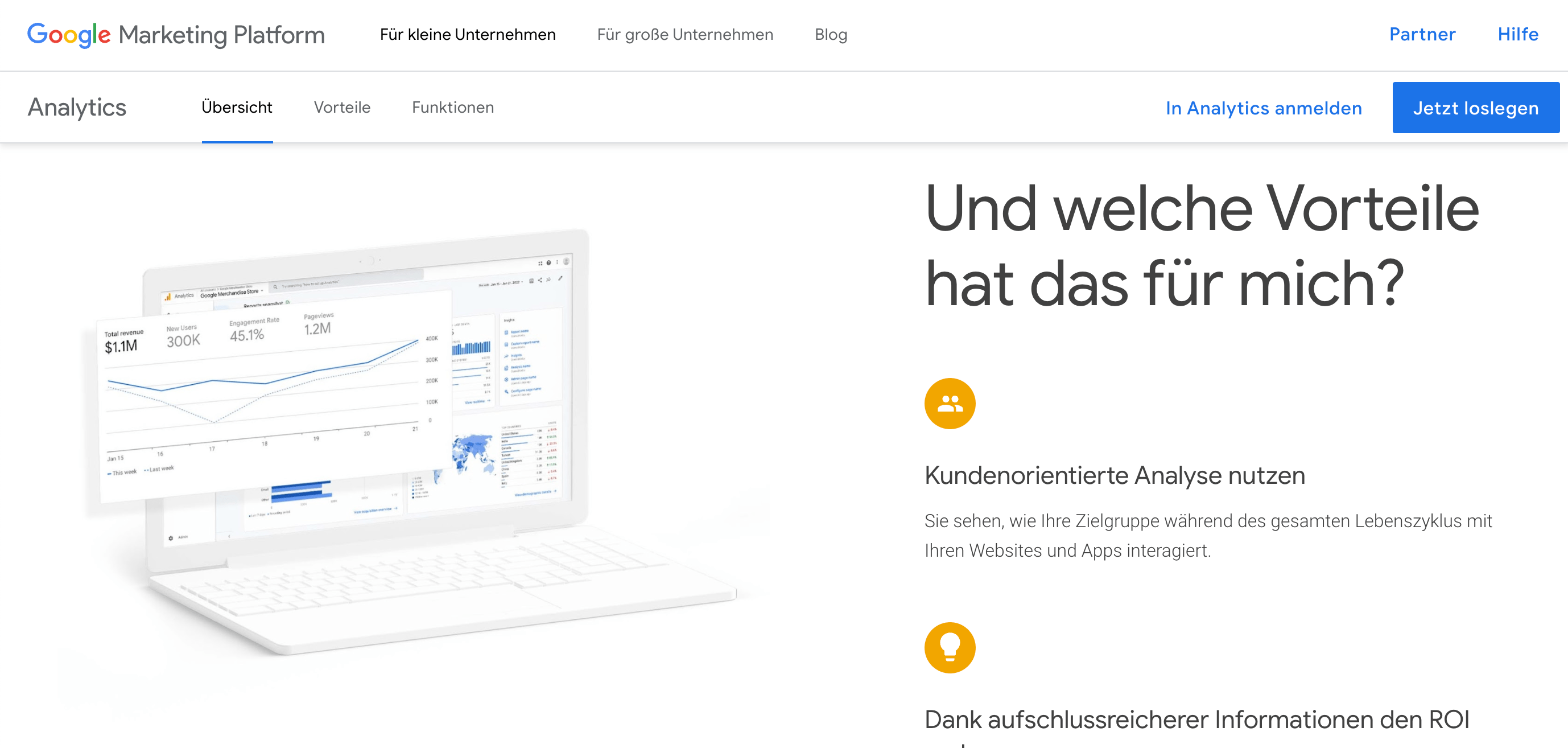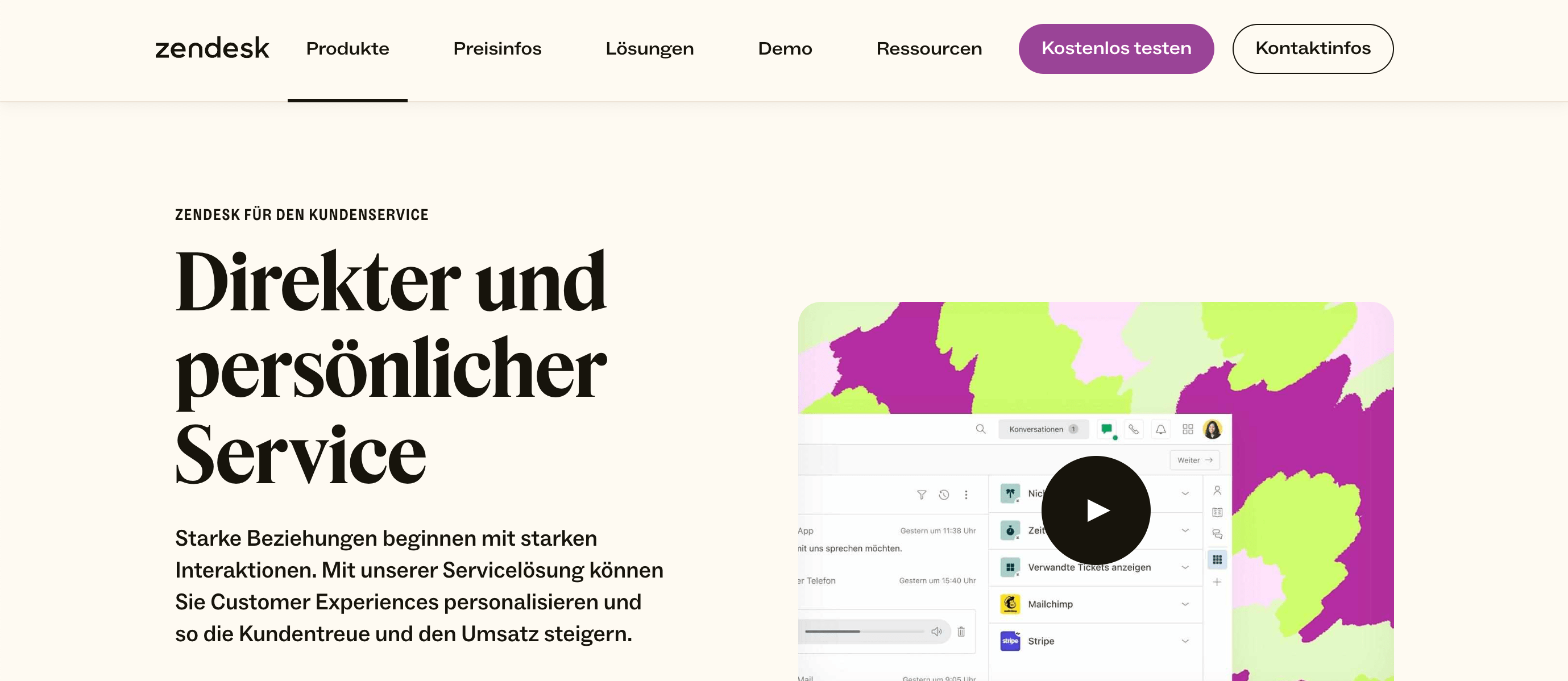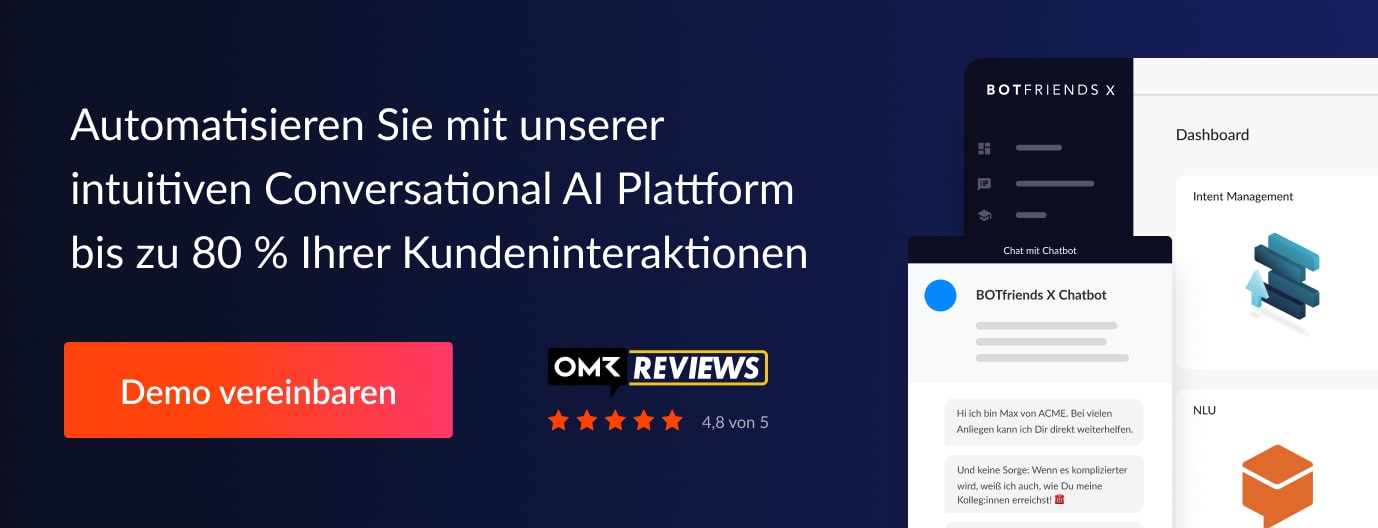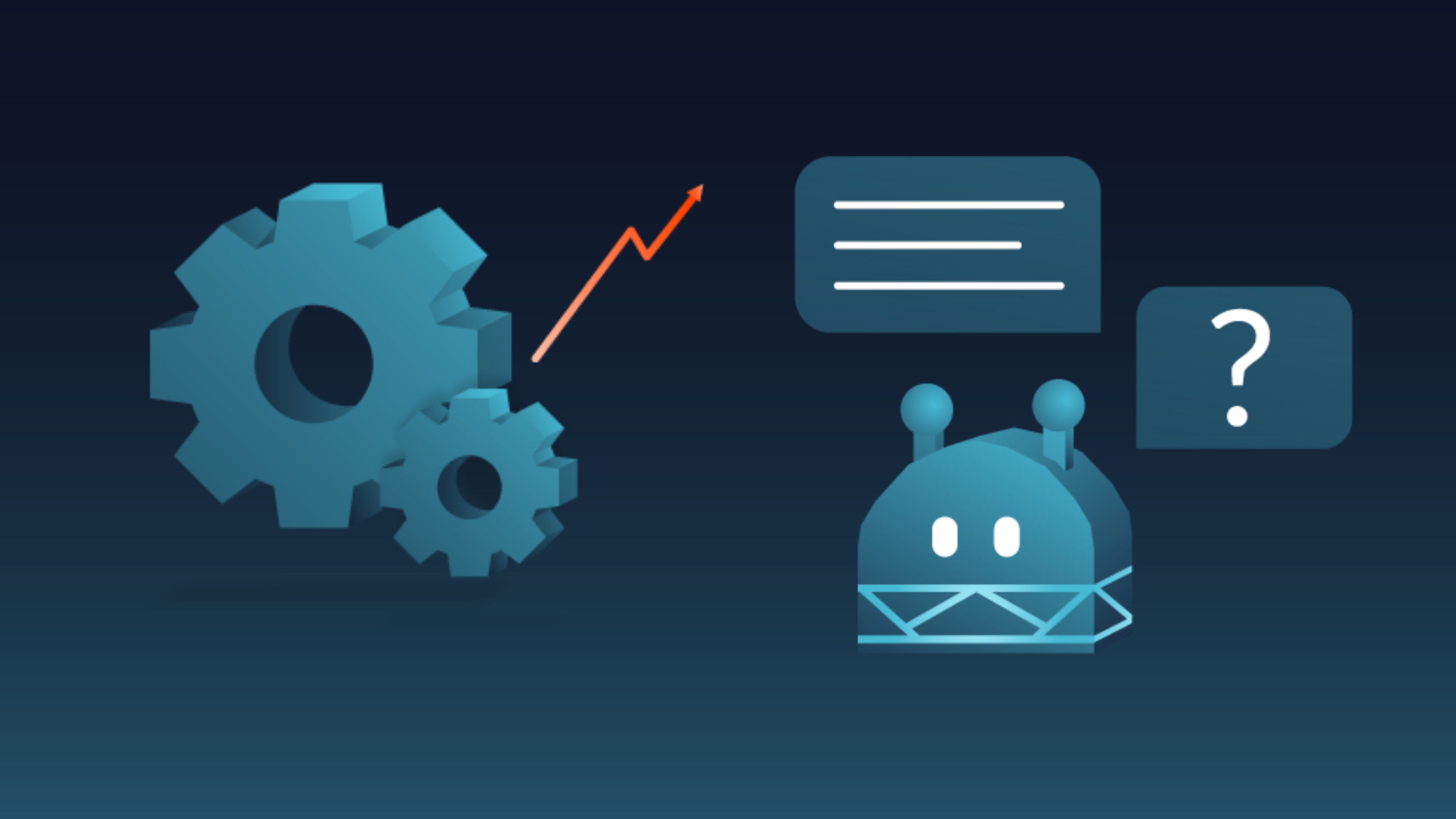Satisfied customers are the basic building block for a successful company. Customer Success Managers are responsible for doing just that. This is an important task that can be made even more efficient with the right tools. We've collected the six best tools for you.
The Role of the Customer Success Manager
The Customer Success Manager (CSM) is the link between the company and its customers. He is responsible for strengthening customer retention and loyalty and maximizing customer success. A task that should not be underestimated – because a successful CSM can even have an impact on the turnover of his company through up- and cross-selling.
- Customer support and advice
- Identify customer needs
- Develop customer retention strategies
- Monitor and analyze customer feedback
- Collaboration with other departments
The challenge: Customers have high expectations of a company's customer service. To get the most out of your customer relationships and the customer journey, a professional customer success platform is indispensable.
Tool 1: CRM Systems (Customer Relationship Management)
Customer relationship management systems (CRM) help businesses manage their customer data. They are a collection point for all customer-relevant information.

- Keep customer data up-to-date
- Capture customer interactions
- Manage customer accounts
- Lead Management
- Sales Forecasting
- Instant Messaging
- Email Tracking
- Dashboard Analytics
The mostly cloud-based systems allow every employee involved to access customer data from anywhere and at any time. In every customer interaction, the CSM always has all the important information and can respond optimally to the individual customer. CRM systems not only store all customer data – calls, e-mails or messages, customer preferences and previous contact points can be accessed there at any time. Even follow-up appointments or meetings can be scheduled in the CRM system.
Well-known CRM tools
- Salesforce Salesforce is a leading CRM platform that offers features such as sales automation, customer management, marketing automation, and analytics.
- HubSpot HubSpot offers a comprehensive service hub platform that includes features such as customer management, ticketing, automation, knowledge base, and customer feedback.
- CentralStation CentralStation is especially designed for small and medium-sized businesses and offers a clear contact history and individual filters.
- Pipedrive Pipedrive is a CRM platform that offers features such as sales pipeline management, contact management, email integration, and sales reporting.
- Weclapp Weclapp is an ERP and CRM software that includes functions such as order processing, project management, accounting, and customer management.
- TecArt TecArt is a CRM and ERP software that offers features such as contact management, task management, document management, and sales automation.
- Microsoft Dynamics 365 Microsoft Dynamics 365 is a comprehensive enterprise application platform that includes functions such as sales, customer service, marketing, finance, and operations.
- SAP SAP offers a wide range of enterprise software, including CRM, ERP, HR, and analytics, that help companies manage various aspects of their business.
- Zoho Zoho is a suite of cloud-based applications that offers features such as CRM, email, project management, accounting, and collaboration.
Tool 2: Communication tools
Communication tools are software that enable internal and external communication. Each provider focuses on different priorities. Think in advance about which features are important to you – and test different providers.

- Project planning and management
- Scheduling of projects and content
- Internal agreements
- Assign tasks
- Dashboards
- Chatbots
- Track Editing
- Review and approve content
- Notes & Surveys
- Chats and instant messaging, e.g. WhatsApp
- Video Software for Meetings
Basically, communication tools are differentiated according to two criteria:
Synchronous communication: Face-to-face conversations, instant messages, and any exchange that takes place in real time.
Asynchronous communication: emails, project reports, or recorded messages. In other words, any type of communication that doesn't require an immediate response.
Here are more tips on how to best adopt asynchronous communication.
If you have to switch back and forth between several tools frequently, you will be less productive and make mistakes more quickly. Therefore, make sure that the chosen tool really meets all requirements. This is the only way to ensure that the software is truly an enrichment for your team.
Well-known communication tools
- Asana: Asana is a collaboration and project management platform that offers features such as task management, team communication, scheduling, and project tracking.
- Zoom: Zoom is a video conferencing and webinar platform that offers features such as HD video and audio conferencing, screen sharing, chat, and recording.
- Trello: Trello is a visual collaboration and task management platform that offers features like boards, lists, cards, checklists, and team collaboration.
- monday: monday.com is a Work OS platform that offers features such as project tracking, team collaboration, automation, dashboards, and integrations.
- Microsoft Teams: Microsoft Teams is a communication platform that offers features such as chat, video conferencing, file sharing, teamwork, and integrations with other Microsoft products.
- Slack: Slack is a messaging platform for teams that offers features like channels, direct messaging, file sharing, integrations, and search capabilities.
Tool 3: Feedback & Survey Tools
Customer feedback is virtually vital for companies – for several reasons: It indicates potential for improvement, and it makes customers feel involved and important. What's more, positive feedback generates recommendations and convinces customers to buy from your company again. Responding to customer feedback by offering discounts or discounts, for example, strengthens customer loyalty to the brand and reduces the risk of customer churn.
It is important to optimally evaluate the feedback collected through survey tools around the customer experience.

- Identify feedback trends and developments: Monitor how Net Promoter Score (NPS) or Customer Satisfaction (CSAT) are performing. This way, you can see in good time when trends are announced.
- Combine feedback sources: Use tools that give you an overview of feedback from all domains, channels, or countries.
- Detect mood changes instantly: A simple thumbs up/thumbs down vote at the bottom of emails, messages, or websites gives you quick and straightforward feedback.
Well-known feedback and survey tools
- Tally: Tally is a simple form tool that offers many features for forms and integrations with tools like Notion, Airtable, and many more.
- AidaForm: With AidaForm, users can create web forms and easily share them via email or link - and use many ready-made templates.
- Hubspot: HubSpot offers a comprehensive CRM platform with features like marketing automation, sales automation, customer care, and analytics.
- SurveyMonkey: SurveyMonkey is an online survey platform that offers features such as survey creation, data analysis, reporting, and integrations.
- Formstack: Formstack is an online form and survey builder platform with features like drag-and-drop form builder, integrations, data management, and automation.
- Google Forms: Google Forms is a free survey and form creation service with features such as customization, collaboration, analytics, and integrations with other Google services.
- LimeSurvey: LimeSurvey is an open-source survey platform that offers features such as survey creation, data analysis, reporting, and customization.
- Questback: Questback is a feedback and survey platform that offers features such as survey creation, feedback analysis, reporting, and integrations.
Tool 4: Analytics & Reporting Tools
Analytics tools play an important role in a Customer Success Manager's (CSM) strategic planning: they help to understand customer needs, identify trends, and increase customer satisfaction. By using analytics tools, CSMs can collect and analyze data on customer behavior, product acceptance, and usage. The software helps you track customer feedback, anticipate customer needs, and offer personalized solutions. In addition, analytics tools can help identify customer risks and take proactive action. By analyzing data, CSMs can also identify trends that point to potential problems or opportunities and adjust their strategies accordingly.

Well-known analysis tools
- Google Analytics: Google Analytics is a web-based analytics tool that offers features such as website traffic analysis, user behavior, conversion tracking, custom reporting, and real-time data.
- Hotjar: Hotjar is a behavioral analytics tool that offers features such as heatmaps, visitor recordings, surveys, and feedback tools to understand user behavior on websites.
- Adobe Analytics: Adobe Analytics is a comprehensive analytics platform that offers features such as real-time analytics, segmentation, multichannel analytics, predictive analytics, and integrations with other Adobe products.
- SimilarWeb Pro: SimilarWeb Pro is a competitive analysis tool that offers features such as website traffic analysis, keyword research, industry comparisons, and benchmarking to gain insights into website performance.
- Matomo: Matomo is an open-source web analytics platform that offers features such as privacy compliance, custom reporting, real-time analytics, and conversion tracking.
- etracker Analytics: etracker Analytics is a web-based analytics tool that offers features such as visitor analytics, conversion tracking, campaign tracking, and user segmentation to understand user behavior on websites.
Tool 5: Project Management & Collaboration Tools
The goal of successful project management is to carry out the project as efficiently, cost-effectively, on time and with the best possible result. However, flipcharts, pin boards and sticky notes are no longer necessary – project management is much more efficient with a suitable tool.

- Central organization of all projects on one dashboard
- Cooperation of all participating members
- Real-time monitoring of project key performance indicators (KPIs)
- Access to all project content and the knowledge base
- Saving time through automation
- Standardized processes
- Increased work efficiency
- Reduction of susceptibility to errors
Well-known project management tools
- Notion: Notion is an all-in-one platform that offers features such as task management, documentation, knowledge base, collaboration, and project tracking.
- Asana: Asana is a collaboration and project management platform that offers features such as task management, team communication, scheduling, and project tracking.
- Trello: Trello is a visual collaboration and task management platform that offers features like boards, lists, cards, checklists, and team collaboration.
- monday: monday.com is a Work OS platform that offers features such as project tracking, team collaboration, automation, dashboards, and integrations.
- Stackfield: Stackfield is a secure collaboration platform that offers features such as encryption, task management, file sharing, chat, and project management.
- Jira: Jira is a project management platform that offers features such as task management, bug tracking, agile planning, reporting, and integrations.
Tool 6: Customer Education & Support Tools
Whether it's a simple buyer's guide, technical support or help with a problem, customer service has become indispensable. Rather, customer support must be well structured, especially in larger companies, otherwise employees will quickly lose track. A support tool helps you manage and monitor your customer relationships. A chatbot can also be an automated customer advisor.

- Help-Desk Software
- Live Chat Software
- Conversational AI Software
- Customer Self-Service Software
- Social Customer Service Software
- more efficiency
- Targeted processing of inquiries
- Information storage
- Automate customer support
- Collected requests in a centralized tool
- Recommendations to improve support
Well-known customer support tools
- Zendesk: Zendesk offers comprehensive customer service and CRM software that includes features such as ticketing, chat, email support, phone support, self-service options, and integrations.
- Intercom: Intercom is a customer communication platform that offers features such as live chat, email marketing, customer profiling, automation, and app integrations to strengthen customer loyalty.
- Salesforce: Salesforce Service Cloud is a customer service platform that enables features such as case management, knowledge base, chat, phone support, and social media integrations.
- Freshdesk: Freshdesk is a customer service software that includes features such as ticketing, automation, self-service options, reporting, and integrations to streamline customer support.
Conclusion: Customer Success Tools – Software for Customer Success
If you don't use customer success software these days, you're missing out on valuable opportunities. With the right tool, CSMs not only keep a complete overview of their tasks and projects, the platform enables them to work more efficiently and successfully. Don't let your full potential go to waste – and rely on customer success tools.

About the Author:
Jan is a blogger and writes on Digital Affin about the use of software for a successful digital transformation. He also has a passion for the latest technology trends, which he conveys through in-depth analysis and practical tips in his articles.



